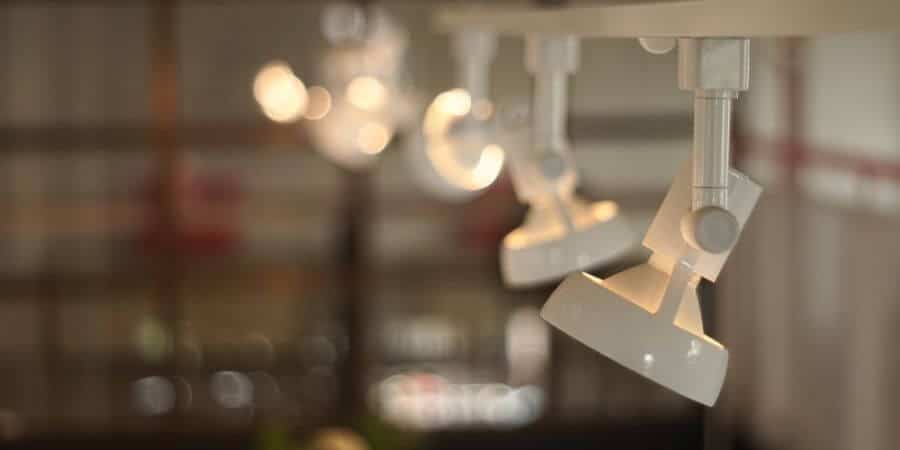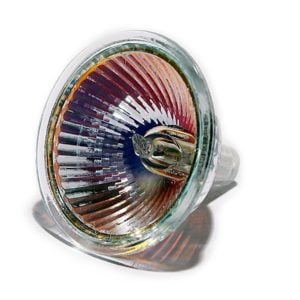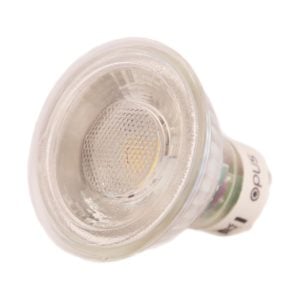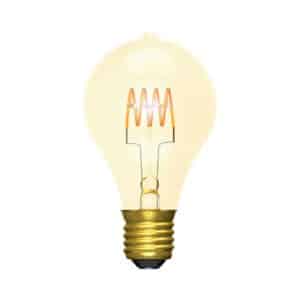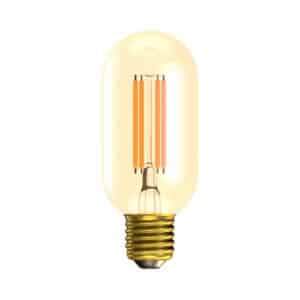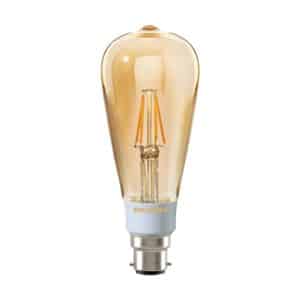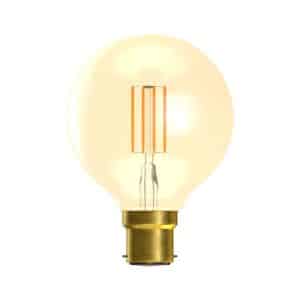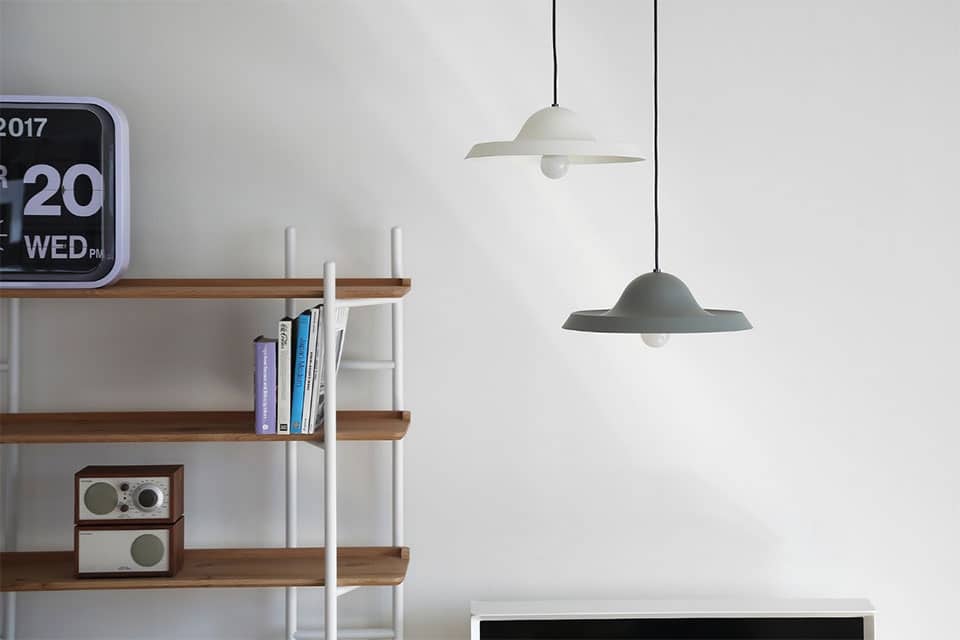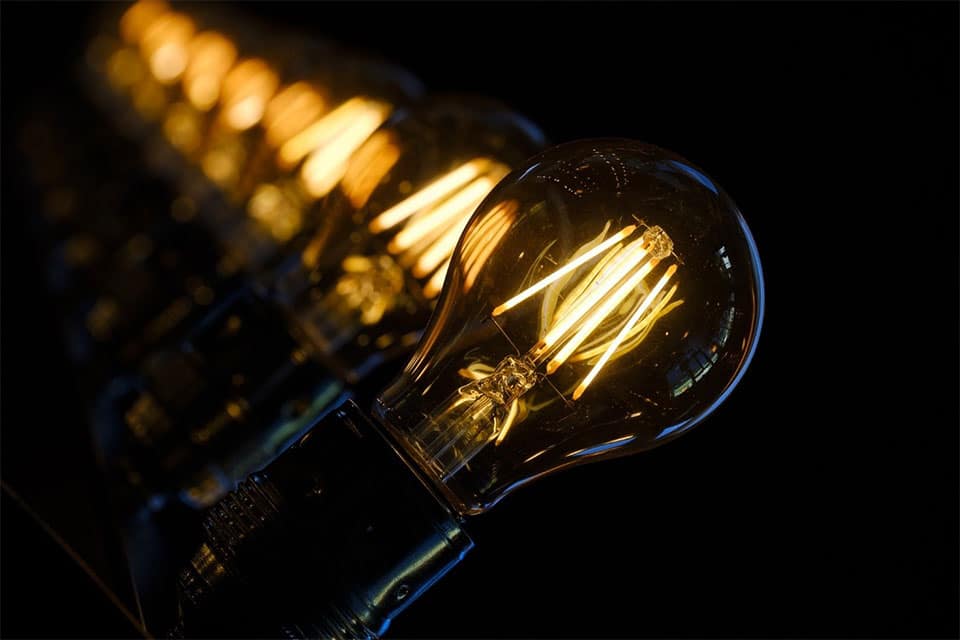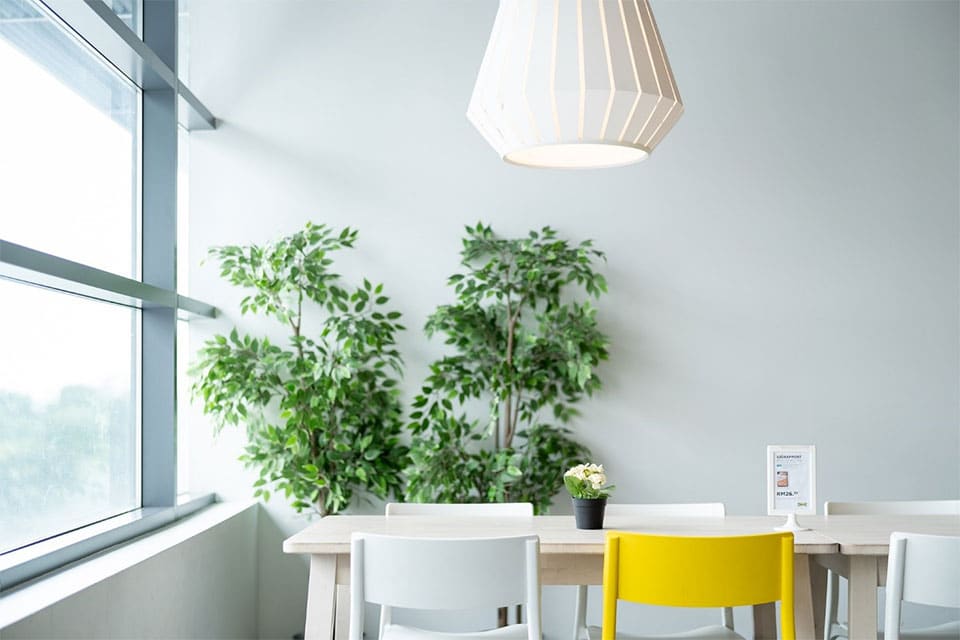Track lighting is an incredibly versatile, flexible option for lighting your home, but it’s also the type of thing many people would call “practical”—with the heavy implication that it is decidedly un-fun and not sexy. Some even claim it makes them feel like they’ve stepped back into the 80s (which could actually be considered a good thing, depending on who you are.)
But thanks to its flexibility and simplicity, track lighting is experiencing something of a renaissance. So, what do you need to know about this lighting staple?
A brief history of track lighting
Track lighting was designed by Anthony C. Donato and introduced in the early 1960s by Lightolier—now a division of Signify (née Philips). Other designers and companies, recognizing the possibilities track lighting offered, took Donato’s idea and ran with it. By the 1970s, track lighting had been redesigned and improved upon several times, with different types of tracks and lamps made available.
In combination with the versatility of its design, this product variety cemented track lighting as a mainstay of interior design, becoming the lighting of choice by the 80s. The trend endured through the 90s and 00s, and is now experiencing a resurgence.
Benefits of track lighting
Because of its dramatic rise to popularity, track lighting often gets a bad rep. People quickly get sick of something they are seeing everywhere, but track lighting has persisted through the decades thanks to its versatile and changeable nature—it can easily be refreshed to reflect current trends and make it look more modern to suit your style.
Let’s take a look at more of its better qualities:
- Easy to install
- Customizable—track lighting can be altered to suit the layout and length of any room.
- Energy efficient
- Cost-effective
- Simple to reconfigure, providing long-term flexibility that you don’t get from other types of lighting, including:
- Ability to add and subtract light fixtures as needed—as long as the number you add remains under the maximum wattage specified by the track.
- As long as they are compatible (typically this means made by the same manufacturer), you can change out the heads to reflect a change in style in your home, refresh the look of your track lighting system, or better suit your needs.
- Lights can easily be moved to adjust the lighting based on changes in furniture, artwork, room setup, or whimsy.
Where to use track lighting
Because it’s so customizable, track lighting works well in a number of areas of a home, but it’s especially useful in:
- Kitchens
- Hallways
- Living rooms
- Galleries
- Home offices
The adjustable, directional lamps and the variety of lamp styles available make it perfect for:
- Showcasing artwork
- Highlighting collections, awards, and antiques
- Illuminating work stations
- Providing general ambience, especially when combined with task lighting and statement fixtures
Track lighting components
Track lighting has a few different components you’ll need to select in order to create your lighting setup:
1. Head
2. Track
3. Light bulb
1. Head (aka, fixture or lamp)
The head is the movable piece of the track lighting system that holds the light bulb. They come in a variety of different styles, including:
- Step
- Round back
- Pinhole
- Gimbal
- Pendant
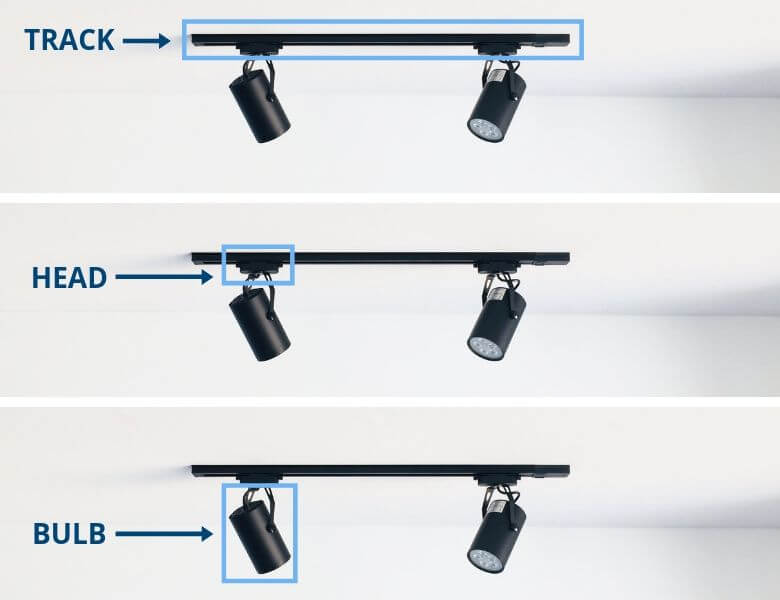
The best way to start your search for the perfect track lighting system is to first find the style of head that you like. As we mentioned before, while there are some exceptions, heads are not universally interchangeable across manufacturers and track types, so find a track and brand that carries the most styles of heads you like, and start there. This will offer you the most flexibility later if you decide you want to switch up the look.
Here are some guidelines to keep in mind:
- The distance between heads depends on personal preference, lighting requirements, and what you are illuminating. If you’re not sure, start with a distance of 1 foot between each fixture and go from there. They can always be adjusted later if you change your mind or decide to add more lamps.
- The number of heads you can have on a single track depends on the number of watts each track is built to support. LED fixtures are highly energy efficient and therefore have a much lower wattage, so a single track can hold a higher number of heads.
- As long as they are all compatible with the track (for instance, a J head can be paired with a J track, but not an H track), you can mix and match different types of heads to accommodate different types of tasks or create different zones and moods throughout the room.
2. Tracks
The track is the part of the track lighting system that is mounted to the ceiling or wall. They come in a variety of colours and finishes, making it easy to find a look that works for your home.
The track is connected to a power feed that supplies power along the entire track. The inside of the track contains a copper strip along either side that conducts electricity, allowing you to place lamps in the desired position anywhere along the track.
Because many options are mounted directly on the ceiling, track lighting is a little easier to install and remove than other, more permanent fixtures. If you are handy and familiar with installing lighting fixtures, and you have a good eye and the patience for ensuring your track lighting goes in straight, you might not have any difficulty installing track lighting.
If you feel less-than-confident about installation or if you are interested in installing more complicated or customized track lighting systems, such as ones that need to be cut to size or spliced together, you should hire an electrician.
PRO TIP: Before you buy, double check the track you select is compatible with the lamps you are looking at. The model number of the lamps usually start with the track letter they are compatible with.To install your track system, you will need:
- A planned layout of how you want your track lighting to look. If it is any more complicated than a single, straight track, consult with a lighting designer or electrician.
- The correct number of track sections based on your planned layout. Single circuit track sections are available in increments of two inch sections and can be cut and joined using connectors.
- A power source. Which type of power feed you need to select will depend on the type and layout of your track lighting.
- Track connectors to achieve your desired layout. There are many different track connectors available to help you achieve the look you want. For instance, left and right power connectors are used to power the track when you want to have a 90° angle in the mix.
3. Light bulbs
While most types of track lighting commonly use reflector, dichroic, or GU10 bulbs, the type of light bulb you can choose will depend on the type of head(s) you have selected, so make sure you check which type of light bulb is compatible with your lamps before you make any purchases.
If you have opted for pendant heads on your track light fixture, you may want to look for something that will add visual interest, especially if they are bare-bulb pendants. Carbon filament or Edison bulbs are a popular choice for visible bulbs because of their elegant appearance and unique shapes:
Conclusion
Track lighting has been around for a long time, and for good reason. Its easy installation, endlessly customizable layout options, and variety of lamp styles and track finishes make it simple to incorporate into your home regardless of its aesthetic.
Questions about track lighting? Get in touch with our lighting experts by calling +44 (01869) 362222 or using our live chat.
Come to the conclusion that track lighting is not for you? Learn everything you need to know about recessed lighting.





















































































